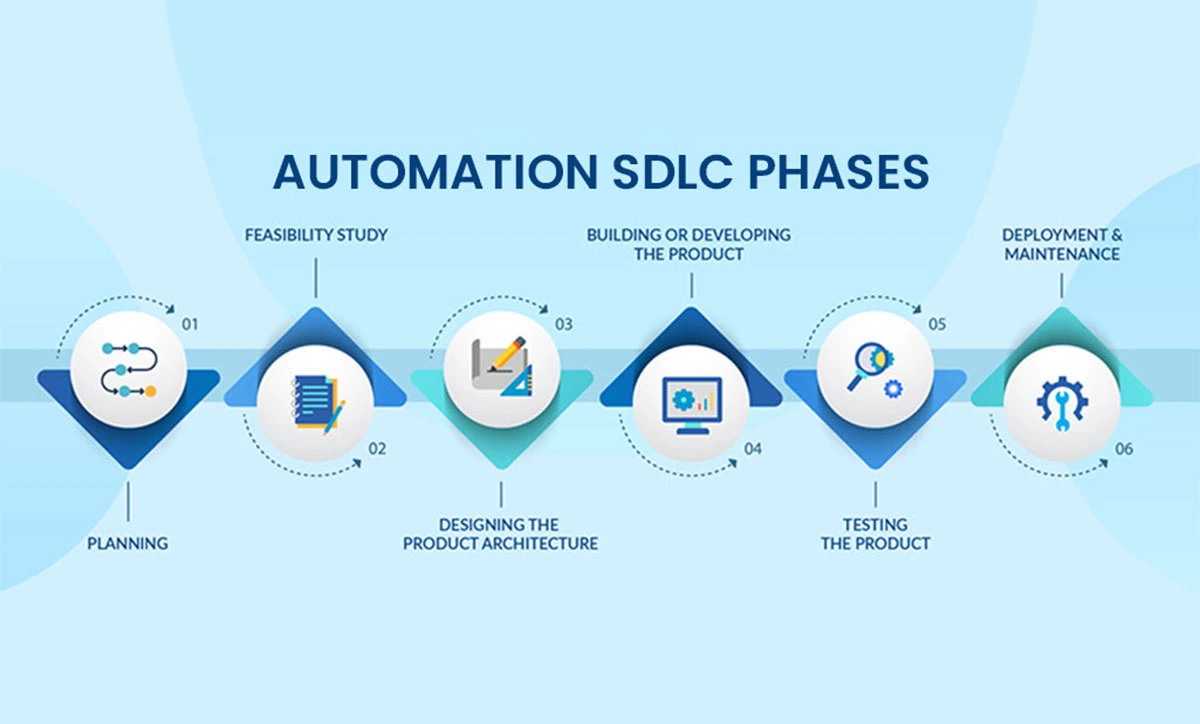The Autonomous Era: Embracing Automation in Software Development

The rapid pace of the modern world mandates that everything we do needs to be swifter and more efficient. In the world of software development, this means producing more quickly. However, quality must be preserved for speed. One of the critical solutions to this problem lies in automation.
Understanding the Unique Nature of Software Development
A prominent American theoretical physicist, Michio Kaku, once said, "You can mass-produce hardware; you cannot mass-produce software; you cannot mass-produce the human mind." This insight strikes at the heart of what makes software development a unique endeavor.
Unlike other sectors where increasing the workforce might result in increased production, the software industry doesn’t abide by this rule. Furthermore, on average, software developers spend significant portions of their week on tasks that do not directly contribute to software creation. The sheer waste of such practices only emphasizes the need for automation.
When you consider the cost, in both time and money, of hiring and training skilled software engineers, the push toward automation becomes even clearer. Automation holds the promise of handling repetitive tasks, allowing human minds to channel their skills and creativity into more critical and impactful work.

Breaking Down the Features of Software Development Automation, automated software development exhibits the following enhanced characteristics:
- Centralized Code Repository: A unified repository exists where all developers consistently merge and manage their contributions, ensuring consistency and traceability.
- Uniform Build Process: All team members adhere to a uniform and well-documented process when retrieving the latest version of the software, reducing discrepancies and confusion.
- Rapid Build Mechanism: The efficiency of the build process allows for iterative testing and debugging sessions within short time frames, which significantly bolsters software quality.
- Seamless Automated Builds: The transition to the most recent software iteration demands minimal manual oversight, reducing the margin for human error.
- Replica Testing Environment: The testing environment is meticulously designed to emulate the production setting, ensuring that tests indicate real-world performance and reliability.
- Efficient Software Deployment: Introducing new changes to the software is a smooth, automated procedure, often reducible to a singular action, ensuring swift and reliable releases.
- Adaptive Workflow: Given the regularity of commits and the precedence of always dynamic and functioning code, the software development cycle is not only dynamic but also highly responsive to evolving requirements.
Automation Across the Software Development Lifecycle

Nearly every phase of software development can benefit from automation. Here's a breakdown:
- Requirement Management Automation: The cornerstone of any software project is its requirements. With the advent of advanced tools like IBM Rational DOORS Next Generation and Atlassian Confluence, the process of requirement management has been transformed.
- Design Automation: The art of software design largely remains a creative endeavor that demands human intervention. However, platforms such as Atlassian Confluence can serve as a centralized hub, facilitating the storage, sharing, and review of design artifacts. This seamless integration bridges communication gaps and fosters a conducive environment for collective brainstorming and iteration.
- Development Automation: The modern development landscape is marked by collaboration and continuous integration. Tools that provide centralized repositories streamline version control, track changes with precision, and simplify conflict resolution.
- QA Automation: Quality assurance is an amalgamation of human intuition and systematic checks. While the discerning eye of manual QA is irreplaceable, automation tools can take over repetitive and time-consuming tasks.
- Deployment Automation: Transitioning software from a testing environment to production is a delicate process. Automation ensures this transition is both swift and seamless. By leveraging automation, deployments become repeatable, consistent, and free from human-induced errors, enhancing the reliability of software releases.
- Operations Automation: Once the software is live, its lifecycle is far from over. The post-release phase demands diligent monitoring and management. Modern automation techniques, borrowed from the DevOps toolkit, such as container management and performance monitoring, ensure that applications run optimally and issues are proactively addressed.
Reaping the Benefits of Automation

By meticulously implementing advanced automation methodologies, businesses can greatly benefit from:
- Drastic minimization of human-induced errors.
- Elevated standards of software quality and performance.
- Expedited delivery timelines, leading to swifter outcomes.
- Substantial savings in operational costs.
- More immediate and efficient feedback mechanisms.
- Amplified time allocation for developers to concentrate on intricate coding tasks.
- Seamless and efficient overhaul of the development ecosystem.
While it's true that automation requires an initial investment in time and resources, the long-term payoffs are undeniable. Organizations that embrace automation are better positioned to deliver high-quality software rapidly and remain competitive in the fast-paced digital landscape.
Ready to Harness the Power of Automation?
Leap automation can transform your software development process. Contact our team if you're eager to learn more or get started on this journey. We're here to guide and support you every step of the way.
Contact us at SolutionsMGA to discuss how we can elevate your software development game.





